Jewish History
Walldorf Camp: Hungarian Jewish Women (August-November 1944)
In addition to the large, well-known concentration camps, hundreds of small labor camps existed during the Second World War, among them the Walldorf Camp at the Frankfurt airport in Germany. On August 19 and 20, 1944, 1,700 Hungarian women between 14 and 44 years of age were selected and taken to Frankfurt to build the first concrete runway for the Messerschmidt 262 jet plane.
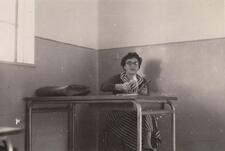
Charlotte Wardi
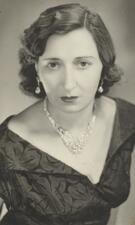
Dora Wasserman
Dora Wasserman created a place for Yiddish theater in Canada by founding a theater and adapting great works of Yiddish literature for the stage. After World War Two, Wasserman immigrated from the Soviet Union to Montreal, formed the Yiddish Drama Group, and produced plays and musicals. She was the first to demonstrate that a theater of diversity could survive and flourish in Canada, and she did so with an all-consuming selfless dedication to her art.
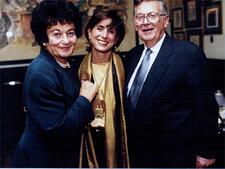
Jill Weinberg

Miriam Weiner
Through her genealogical program Routes to Roots, Miriam Weiner helped Jews access historical records that had survived the Soviet suppression of information throughout Eastern Europe.
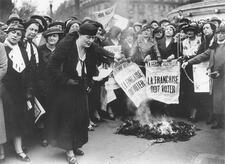
Louise Weiss
Considered an architect of European unity, Louise Weiss is best known for her campaigns on behalf of the peaceful resolution of international conflicts during the interwar years and the Cold War. She also worked on behalf of Jewish refugee rights in the late 1930s and was a leading feminist activist who focused on obtaining the right for French women to vote.
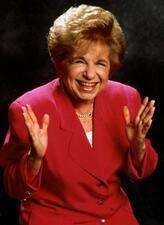
Ruth Westheimer
Ruth Westheimer, who lost her entire family in the Holocaust, served in the Haganah, and received her Ed.D. from Columbia University, was an unlikely candidate for the role of host of a cheerful talk show about sex. However, her celebration of human sexuality, derived from Orthodox Judaism, made her an influential and highly successful proponent of joyful, responsible sex from the 1980s into the third decade of the twenty-first century.
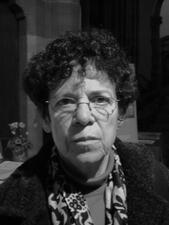
Annette Wieviorka
Annette Wieviorka (b. 1948) is a major French historian of the Holocaust. Her work highlights the specificity of the Shoah in the context of Nazi and Vichy crime generally.

Ruth R. Wisse
Charlotte Wolff
A pioneering German-Jewish lesbian and feminist physician, Charlotte Wolff became interested in sexology, psychotherapy, and chirology while working as a physician in Berlin’s working-class neighborhoods. Soon after the Nazis came to power she fled to France and then to England, where she began researching and writing books on chirology. In the 1960s she turned her research to homosexuality and published a landmark study on lesbianism.
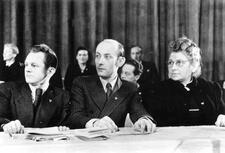
Jeanette Wolff
A well-known Social Democrat and Holocaust survivor committed to equal rights for women and sustained Jewish existence in Germany, Jeanette Wolff refused to compromise her socio-political beliefs. She was active in the SPD both before and after the war and served on the denazification committee in post-war Berlin .
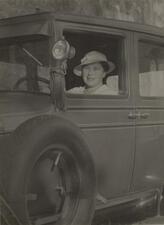
Marguerite Wolff
London-born Marguerite Wolff was a member of Berlin’s intelligentsia in the early 20th century. Between 1925 and 1933 she served as unofficial co-director and later as a research scholar at the Kaiser Wilhelm Institute for Foreign Public Law and International Law.
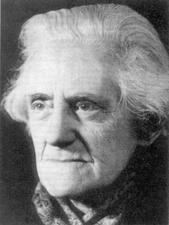
Nelly Wolffheim
Nelly Wolffheim spent her career developing and teaching a kindergarten curriculum based around Sigmund Freud’s psychoanalytic framework. She taught this curriculum, which encouraged children to express their sexual desires, to Jewish women teachers in Berlin. After escaping Germany for England in 1939, Wolffheim struggled to continue her research but began publishing her work again after the war.
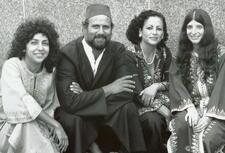
Women and Sephardic Music
Ladino or Judeo-Spanish Sephardic songs are primarily a women’s repertoire. The two main traditions are that of northern Morocco and the Eastern Mediterranean, primarily today’s Turkey, Greece, the Balkans.

Women at Masada
In the first century BCE, King Herod the Great built a fortified palace atop the mountain of Masada overlooking the Dead Sea. Seventy years after Herod’s death, during the First Jewish Revolt against Rome, Masada was occupied by bands of Jewish rebels, including families. This entry surveys the literary and archaeological evidence of women among the rebels at Masada.
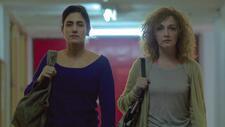
Women in Israeli Cinema
For many years, women played a secondary role in Israeli cinema, with little voice of their own and limited largely to objects of the male gaze. More recently, women filmmakers, often emphasizing autobiographical narratives, have begun to critique the patriarchal family and present new perceptions of female sexuality and female social roles.
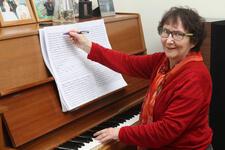
Women in Israeli Music
The arrival in pre- and post-state Israel of Jewish immigrants from Europe, the Middle East, and North Africa resulted in a culturally diverse proliferation of music, much of which involved performance and composition by Jewish women. Jewish women have also contributed significantly to the development of music education and music scholarship, being involved in music studies publications and projects as well as the development of music education institutions.
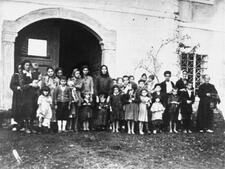
Women in the Holocaust
During the Holocaust, many women’s experiences were shaped by their gender. Pre-war roles and responsibilities, anticipatory reactions to Nazi actions, German policy and treatment of men and women, and the responses of Jewish men and women to Nazi persecution all affected women’s ordeals.
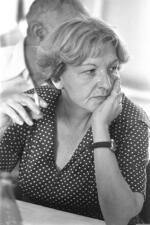
Women Journalists in Israel
Despite social barriers, Jewish women have played an essential role in the creation and propagation of news and journalism in Israel. With the advent of women’s magazines and the popularization of television, women became particularly involved in the news industry. However, while the numbers of female Israeli journalists have increased, women journalists still face gender-based discrimination. In recent years, many have become vocal members of women’s rights movements such as #MeToo and advocates for a more equitable future.
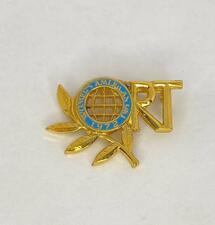
Women's American ORT
Five years after the American chapter of the Organization for Rehabilitation through Training (ORT) was founded in 1922, a women’s auxiliary group (WAO) was created. WAO aided displaced Europeans and focused on creating vocational schools across the world. In the later twentieth century, WAO expanded to help create medical services for students and provide recreational facilities, among other programs.
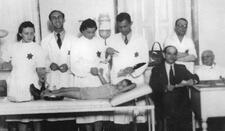
Women's Health in the Ghettos of Eastern Europe
Women in the ghettos of Eastern Europe often outnumbered men, but within ghetto populations, women generally had lower mortality rates than men, perhaps due to their ability to adapt to their surroundings and use of public health services. However, women suffered uniquely; many women did not menstruate, suffered from symptoms caused by hormone imbalances, and endured prohibitions against childbirth.
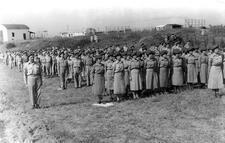
Women’s Service in the Israel Defense Forces
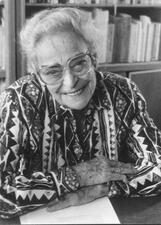
Leni Yahil
Leni Yahil was a German-born Israeli scholar and pioneer of Holocaust research in the decades following the Second World War. Working closely with Yad Vashem, she was among the first to emphasize Jewish primary sources, explore the importance of Jewish resistance, and document the Jewish experience in Northern Europe during the Holocaust.
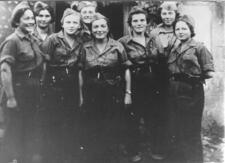
Yugoslavia
The Jewish community of Yugoslavia was small, vibrant, and diverse, with waves of immigrants arriving from the 16th through the 19th centuries. Like many Jewish communities in Europe, the Yugoslav community was decimated by the Nazis, and only a few Jews remain in Yugoslavia today.
Teresa Żarnower (Żarnoweröwna)
One of the most important artistic personalities of the Polish constructivist avant-garde in the 1920s, Teresa Żarnower founded the first Polish constructivist artistic group, “Blok,” and also edited the magazine of the same title. While pioneering the field of avant-garde art, she was also actively involved in left-wing politics, designing election posters and two-party leaflets.


